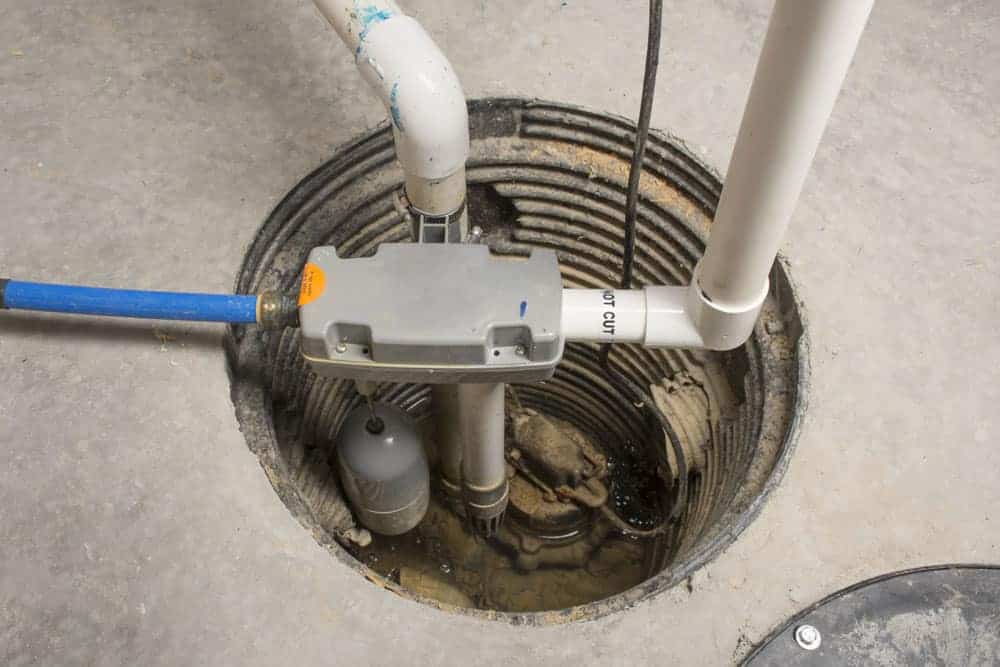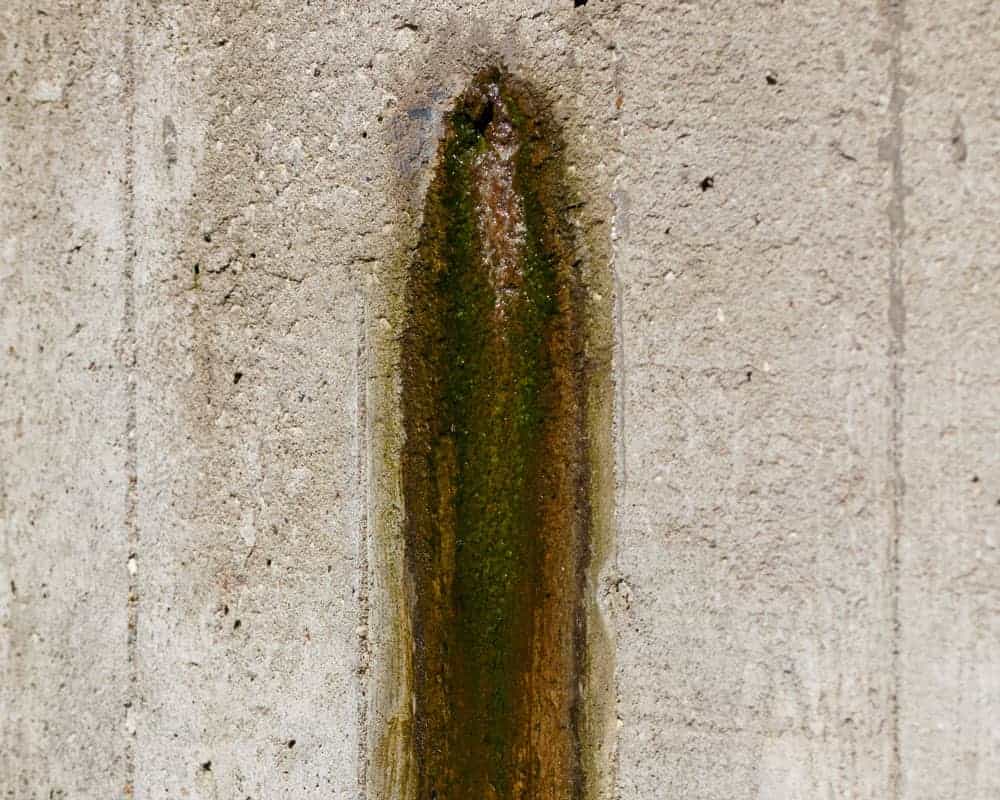
With winter comes colder temperatures, snow, and ice, posing unique challenges to homeowners and property managers. One area that requires special attention during this season is the basement, as it is particularly susceptible to water intrusion. However, by utilizing sump pumps, you can safeguard your basement from potential flooding and mold growth.
A sump pump is a critical piece of equipment installed in basements or crawl spaces to pump out excess water and prevent flooding. It consists of a pit, known as a sump basin, where water accumulates, and a pump that automatically activates when the water level rises to a certain point. The pump then directs the water away from the property, effectively keeping the basement dry and protecting it from potential water damage.
During winter, snow accumulation and frozen ground can lead to increased groundwater levels and potential basement flooding. Melting snow or thawing ice can easily find its way into cracks, gaps, and weak points in your home’s foundation, causing water to seep into the basement. This water intrusion not only poses a risk of property damage but also creates an ideal environment for mold growth, which can have adverse effects on both your property and your health.
Sump pumps are especially important in winter to combat the excess moisture that comes with snowmelt and rain. By quickly removing water from the sump basin, sump pumps prevent basement flooding and keep the area dry, minimizing the risk of water damage and mold growth. This proactive approach ensures that your basement remains a functional and safe space, free from potential water-related hazards.
As temperatures drop, it’s crucial to ensure that your sump pump is in optimal working condition. Regular maintenance before the winter season can make a significant difference in its performance. Professional contractors, like Sir Williams Drainage & Waterproofing Solutions, can inspect and test your sump pump, clean out the sump basin, and make any necessary repairs or replacements to ensure it is ready to handle the demands of winter.
Winter storms and power outages can add to the challenges of maintaining a functional sump pump. Investing in a backup sump pump system provides an extra layer of protection for your basement during these situations. Battery-powered or water-powered backup pumps can kick in when the primary pump fails or when there is no electricity, ensuring continuous water removal even in adverse conditions.
In conjunction with sump pumps, having proper drainage systems around your property is essential to prevent water from accumulating near the foundation. Well-maintained gutter systems and downspouts efficiently direct water away from your home, reducing the risk of excessive groundwater around the basement area.
Contact Sir Williams Drainage & Waterproofing Solutions at (248) 252-5248 or visit us online for more information!

A reliable waterproofing system is essential for protecting your home or building from water damage. However, like any component, waterproofing systems can degrade over time, leading to potential water intrusion issues. Recognizing the signs of a failing waterproofing system is crucial to take timely action and prevent costly water damage repairs.
One of the most apparent signs of a failing waterproofing system is the presence of dampness or water stains on walls, floors, or ceilings. These stains may vary in size and intensity, indicating that water is finding its way into your living or working spaces. To address this issue:
Mold and mildew thrive in moist environments and are common indicators of water infiltration. They can cause health issues and damage building materials if left unaddressed. To deal with mold and mildew growth:
A persistent musty odor is often associated with damp or moldy conditions and is a clear sign of water infiltration. To eliminate musty odors:
Efflorescence is a white, chalky deposit that appears on the surface of walls or floors. It occurs when water evaporates, leaving behind mineral deposits from dissolved salts. Efflorescence indicates water penetration through porous surfaces. To deal with efflorescence:
Cracks in the foundation or walls are common entry points for water. They can result from various factors, including settling, temperature fluctuations, or structural issues. To address cracks:
If you’re in need of waterproofing solutions for your home, don’t hesitate to reach out to us. Contact Sir Williams Waterproofing & Drainage Solutions at (248) 252-5248 or visit us online for more information!